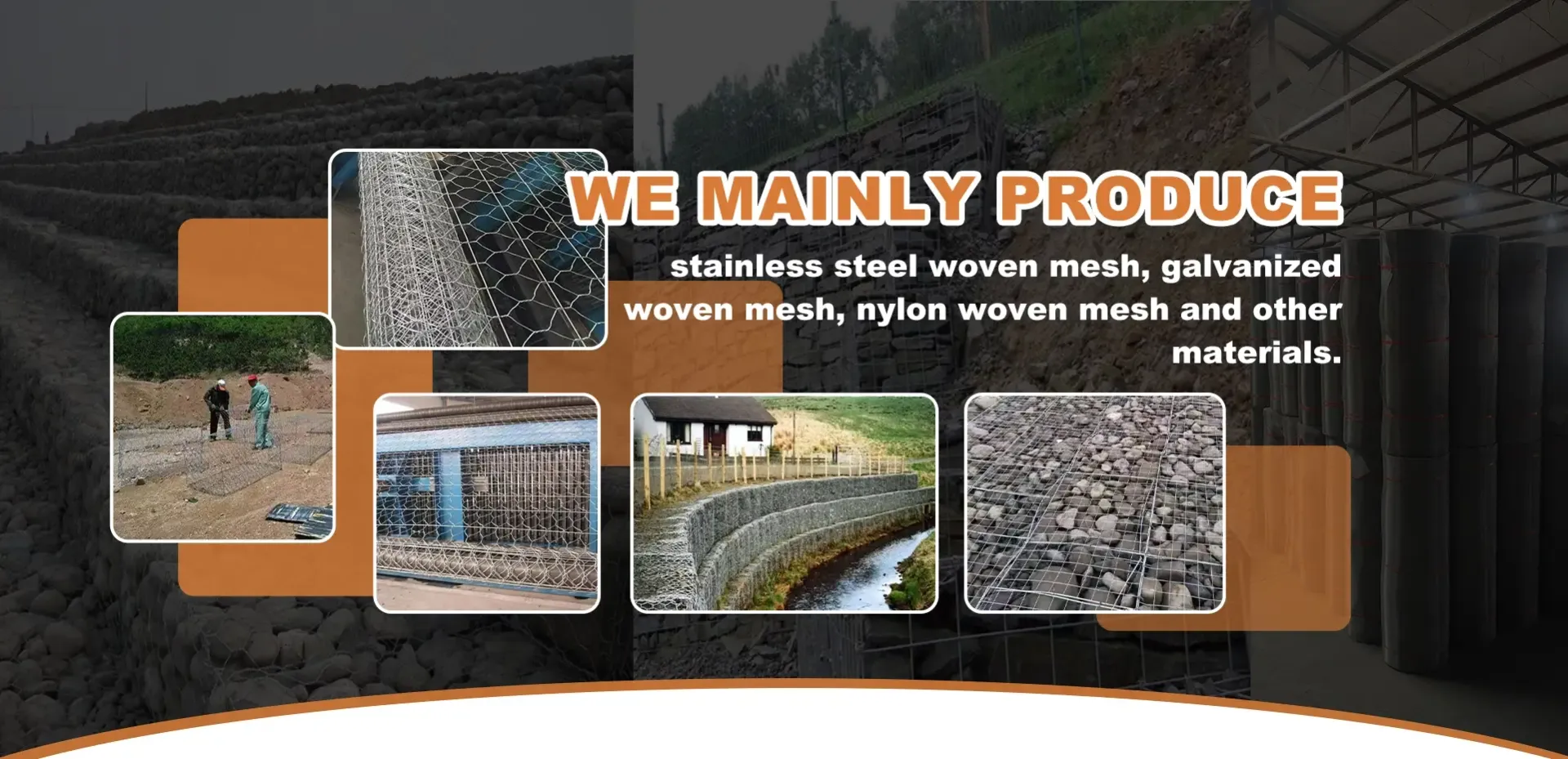-
 Afrikaans
Afrikaans -
 Albanian
Albanian -
 Amharic
Amharic -
 Arabic
Arabic -
 Armenian
Armenian -
 Azerbaijani
Azerbaijani -
 Basque
Basque -
 Belarusian
Belarusian -
 Bengali
Bengali -
 Bosnian
Bosnian -
 Bulgarian
Bulgarian -
 Catalan
Catalan -
 Cebuano
Cebuano -
 China
China -
 Corsican
Corsican -
 Croatian
Croatian -
 Czech
Czech -
 Danish
Danish -
 Dutch
Dutch -
 English
English -
 Esperanto
Esperanto -
 Estonian
Estonian -
 Finnish
Finnish -
 French
French -
 Frisian
Frisian -
 Galician
Galician -
 Georgian
Georgian -
 German
German -
 Greek
Greek -
 Gujarati
Gujarati -
 Haitian Creole
Haitian Creole -
 hausa
hausa -
 hawaiian
hawaiian -
 Hebrew
Hebrew -
 Hindi
Hindi -
 Miao
Miao -
 Hungarian
Hungarian -
 Icelandic
Icelandic -
 igbo
igbo -
 Indonesian
Indonesian -
 irish
irish -
 Italian
Italian -
 Japanese
Japanese -
 Javanese
Javanese -
 Kannada
Kannada -
 kazakh
kazakh -
 Khmer
Khmer -
 Rwandese
Rwandese -
 Korean
Korean -
 Kurdish
Kurdish -
 Kyrgyz
Kyrgyz -
 Lao
Lao -
 Latin
Latin -
 Latvian
Latvian -
 Lithuanian
Lithuanian -
 Luxembourgish
Luxembourgish -
 Macedonian
Macedonian -
 Malgashi
Malgashi -
 Malay
Malay -
 Malayalam
Malayalam -
 Maltese
Maltese -
 Maori
Maori -
 Marathi
Marathi -
 Mongolian
Mongolian -
 Myanmar
Myanmar -
 Nepali
Nepali -
 Norwegian
Norwegian -
 Norwegian
Norwegian -
 Occitan
Occitan -
 Pashto
Pashto -
 Persian
Persian -
 Polish
Polish -
 Portuguese
Portuguese -
 Punjabi
Punjabi -
 Romanian
Romanian -
 Russian
Russian -
 Samoan
Samoan -
 Scottish Gaelic
Scottish Gaelic -
 Serbian
Serbian -
 Sesotho
Sesotho -
 Shona
Shona -
 Sindhi
Sindhi -
 Sinhala
Sinhala -
 Slovak
Slovak -
 Slovenian
Slovenian -
 Somali
Somali -
 Spanish
Spanish -
 Sundanese
Sundanese -
 Swahili
Swahili -
 Swedish
Swedish -
 Tagalog
Tagalog -
 Tajik
Tajik -
 Tamil
Tamil -
 Tatar
Tatar -
 Telugu
Telugu -
 Thai
Thai -
 Turkish
Turkish -
 Turkmen
Turkmen -
 Ukrainian
Ukrainian -
 Urdu
Urdu -
 Uighur
Uighur -
 Uzbek
Uzbek -
 Vietnamese
Vietnamese -
 Welsh
Welsh -
 Bantu
Bantu -
 Yiddish
Yiddish -
 Yoruba
Yoruba -
 Zulu
Zulu
Exploring the Applications and Benefits of Steel Mesh in Construction and Industry
The Versatility and Importance of Steel Mesh in Modern Construction
Steel mesh, also known as wire mesh or welded wire fabric, is an essential component in various construction and industrial applications. Its significance stems from its versatility, strength, and the unique properties it brings to structural designs. This article explores the various uses of steel mesh, highlighting its advantages and the critical roles it plays in modern construction.
Structural Reinforcement
One of the most common applications of steel mesh is in concrete reinforcement. When embedded within concrete, steel mesh enhances the tensile strength of the structure, helping it withstand various forces and loads. This is particularly important in applications such as floors, slabs, and walls, where tension and compression forces come into play. By distributing loads more evenly, steel mesh mitigates the risk of cracking and structural failures, ensuring durability and longevity.
Versatility in Design
Steel mesh offers architects and engineers unparalleled flexibility in design
. Available in various sizes, shapes, and configurations, it can be customized to meet specific project requirements. Whether it’s for decorative facades, security fencing, or load-bearing structures, steel mesh can be adapted to achieve both functional and aesthetic goals. Its lightweight nature allows for easy manipulation during installation, making it a preferred choice for many contemporary building projects.Applications Beyond Construction
steel mesh

The utility of steel mesh extends beyond traditional construction. In the manufacturing sector, it is used in the production of products such as filters, screens, and baskets, demonstrating its adaptability across various industries. In agriculture, steel mesh serves as an effective barrier for livestock enclosures and crop protection. Its durability and resistance to corrosion make it an ideal material for outdoor applications, ensuring long-lasting performance with minimal maintenance.
Environmental Benefits
As the construction industry increasingly focuses on sustainability, steel mesh emerges as an eco-friendly option. It is recyclable, which reduces waste and promotes a circular economy. Moreover, structures reinforced with steel mesh generally require fewer materials than those relying solely on concrete, leading to reduced resource consumption. This characteristic aligns with modern green building practices, which aim to minimize environmental impact while maintaining structural integrity.
Safety and Security
In addition to its structural benefits, steel mesh plays a crucial role in enhancing safety and security. It is commonly used in fencing applications to protect properties and ensure safety around construction sites. In the industrial sector, steel mesh is utilized in safety guards, barriers, and guardrails, preventing accidents and safeguarding workers. The visibility of steel mesh fencing allows for security without compromising aesthetics, making it a preferred choice in urban settings.
Conclusion
Steel mesh stands as a testament to modern engineering and design, combining strength, versatility, and practicality. Its applications in construction and other industries showcase its importance in creating safe, durable, and aesthetically pleasing structures. As the demand for sustainable and efficient building materials continues to grow, steel mesh will undoubtedly remain at the forefront of innovative construction solutions. The future of construction looks bright with steel mesh as a fundamental material, providing the backbone for strong, resilient, and adaptive buildings.
-
Shipping Plastic Bags for Every NeedNewsJul.24,2025
-
Safety Netting: Your Shield in ConstructionNewsJul.24,2025
-
Plastic Mesh Netting for Everyday UseNewsJul.24,2025
-
Nylon Netting for Every UseNewsJul.24,2025
-
Mesh Breeder Box for Fish TanksNewsJul.24,2025
-
Expanded Steel Mesh Offers Durable VersatilityNewsJul.24,2025











